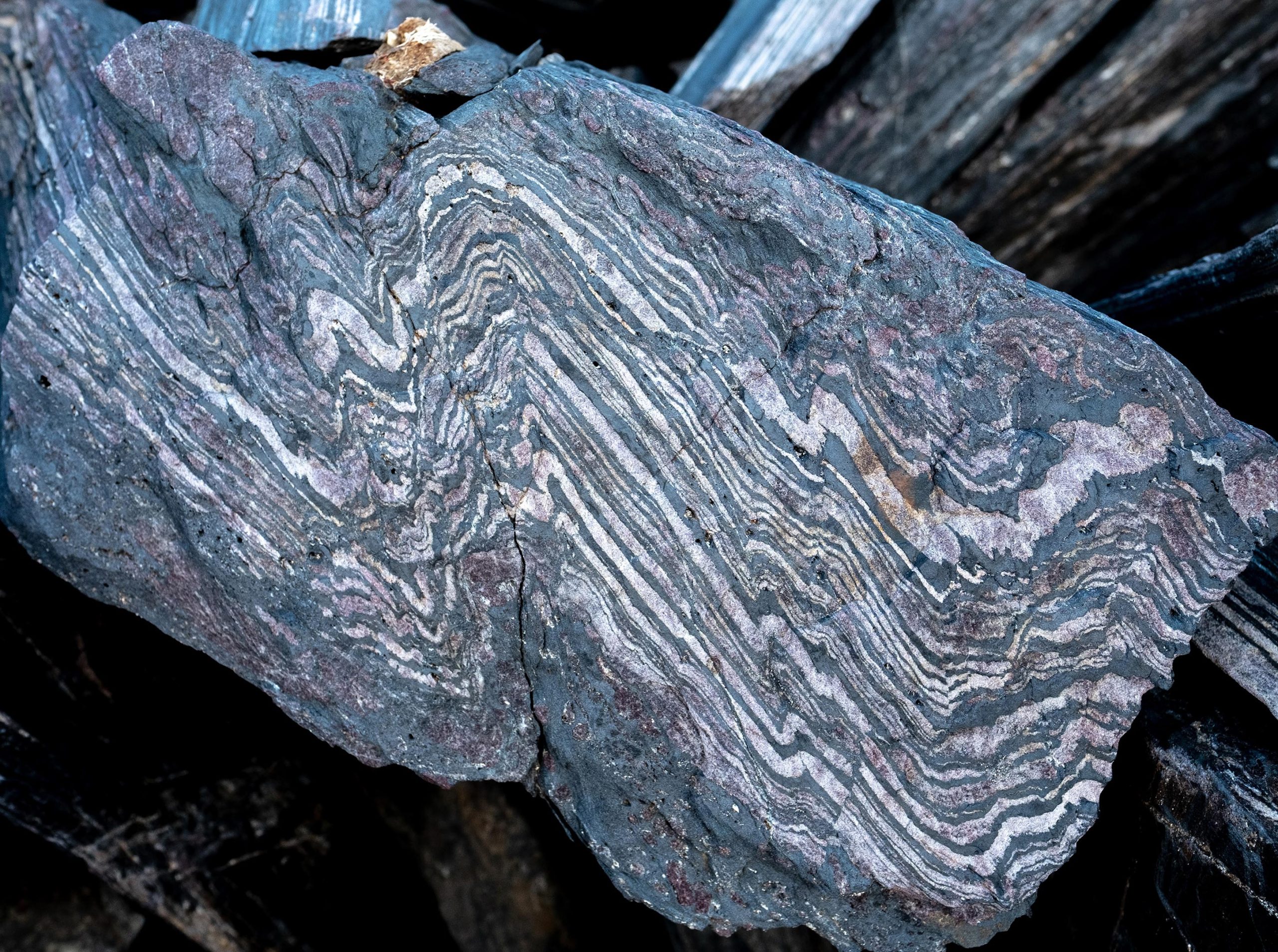According to new research, refreezing the poles by reducing incoming sunlight would be possible and significantly cheap.
The Earth’s poles are warming several times faster than the global average. In fact, record-breaking heat waves were reported earlier this year in both the Arctic and Antarctic. Ice melt and glacier collapse at high latitudes would accelerate sea level rise around the planet. Fortunately, it would be remarkably feasible and cheap to refreeze the poles by reducing incoming sunlight. That’s according to new research published on September 15, 2022 in IOP Publishing’s Environmental Research Communications.
Scientists have devised a potential future geoengineering program in which high-altitude jets spray microscopic aerosol particles into the atmosphere at latitudes 60 degrees north and south — roughly Anchorage and the southern tip of Patagonia. If injected at 43,000 feet/13,000 meters (above aircraft cruising altitudes), these aerosols will slowly drift toward the pole, shading the surface slightly below.
Lead author Wake Smith notes: “There is a widespread and reasonable fear about the deployment of aerosols to cool the planet, but if the risk/benefit equation were to pay off anywhere, it would be at the poles.” Smith Lecturer at[{” attribute=””>Yale University and a Senior Fellow at the Mossavar-Rahmani Center for Business and Government at Harvard Kennedy School.
Particle injections would be performed seasonally in the long days of the local spring and early summer. Both hemispheres could be serviced by the same fleet of jets, ferrying to the opposite pole with the change of seasons.
Pre-existing military air-to-air refueling tankers such as the aged KC-135 and the A330 MMRT don’t have enough payload at the required altitudes. However, newly designed high-altitude tankers would prove much more efficient. A fleet of roughly 125 such tankers could loft a payload sufficient to cool the regions poleward of 60°N/S by 2°C per year. This would be enough to return them close to their pre-industrial average temperatures. Annual costs are estimated at $11 billion. This is less than one-third the cost of cooling the entire planet by the same 2°C magnitude and just a tiny fraction of the cost of reaching net zero emissions.
“Game-changing though this could be in a rapidly warming world, stratospheric aerosol injections merely treat a symptom of climate change but not the underlying disease. It’s aspirin, not penicillin. It’s not a substitute for decarbonization,” says Smith.
Cooling at the poles would provide direct protection for only a small portion of the planet. However, the mid-latitudes should also experience some temperature reduction. Since less than 1% of the global human population lives in the target deployment zones, a polar deployment would entail much less direct risk to most of humanity than a global program.
“Nonetheless, any intentional turning of the global thermostat would be of common interest to all of humanity and not merely the province of Arctic and Patagonian nations,” adds Smith.
In summary, the current study is just a small and preliminary step towards understanding the costs, benefits, and risks of undertaking climate intervention at high latitudes. It provides further reason to believe that such tools could prove useful both in preserving the cryosphere near the poles and slowing global sea level rise.
Reference: “A subpolar-focused stratospheric aerosol injection deployment scenario” by Wake Smith, Umang Bhattarai, Douglas G MacMartin, Walker Raymond Lee, Daniele Visioni, Ben Kravitz and Christian V Rice, 15 September 2022, Environmental Research Communications.
DOI: 10.1088/2515-7620/ac8cd3

“Extreme travel lover. Bacon fanatic. Troublemaker. Introvert. Passionate music fanatic.”








More Stories
Poppy Harlow is out at CNN after CNN This Morning was canceled
The oldest indisputable evidence of the Earth's magnetic field was discovered in Greenland
Your horoscope for Thursday, April 25, 2024